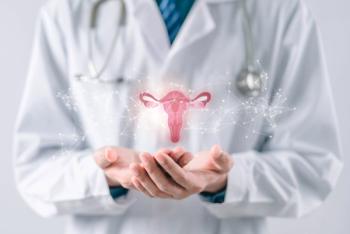
Jessica Shepherd, MD, clarifies cervical cancer screening guidelines
Jessica Shepherd, MD, MBA, outlines current cervical cancer screening recommendations, the potential role of HPV self-collection, and strategies to improve patient understanding and access to care.
In a recent interview with Contemporary OB/GYN, Jessica Shepherd, MD, MBA, Chief Medical Officer at Hers, discussed current guidelines and emerging strategies for cervical cancer screening.
She emphasized that confusion often arises around when to begin screening, how frequently it should be done, and which method to use. According to the latest recommendations, women should start cervical cancer screening with a Pap test every 3 years beginning when aged 21 years and continue this through age 29. From the age of 30 years onward, co-testing—which combines the Pap test with HPV testing—is recommended every 5 years. These guidelines aim to maximize the early detection of cervical cancer and pre-cancerous cells, which is crucial for timely intervention.
Shepherd also addressed HPV self-collection as an emerging alternative. While it offers potential benefits, especially for underserved populations in rural areas or for individuals with barriers to traditional care, it is not currently recommended as a full replacement for clinician-collected tests. She noted that the FDA has raised concerns that relying solely on self-collected HPV samples could lead to missed cases of cervical disease. The patient-provider relationship is critical in ensuring accurate testing and adherence to appropriate screening intervals.
To help patients navigate these options, providers should clearly explain the differences between Pap tests, HPV testing, and co-testing, as well as the distinction between clinician-administered and self-collected samples. Educating patients on the benefits and limitations of each approach is essential, particularly in encouraging informed participation in their own care. Providers are encouraged to create open channels of communication, so patients feel comfortable seeking clarification and guidance.
When outdated or confusing information complicates patient understanding, Shepherd recommended reliable resources such as the Centers for Disease Control and Prevention and the American College of Obstetricians and Gynecologists for up-to-date guidance.
In conclusion, Shepherd underscored that cervical cancer is one of the few cancers with a highly effective screening process. Increasing awareness, improving patient education, addressing under-screening, and reducing disparities in care access are all essential to lowering the incidence of cervical cancer. Through a combination of guideline adherence, clinician-patient relationships, and informed use of new technologies such as self-collection, progress can be made in cancer prevention and women's health.
Disclosures: Astellas Pharma US Inc, Pfizer Inc
Newsletter
Get the latest clinical updates, case studies, and expert commentary in obstetric and gynecologic care. Sign up now to stay informed.








